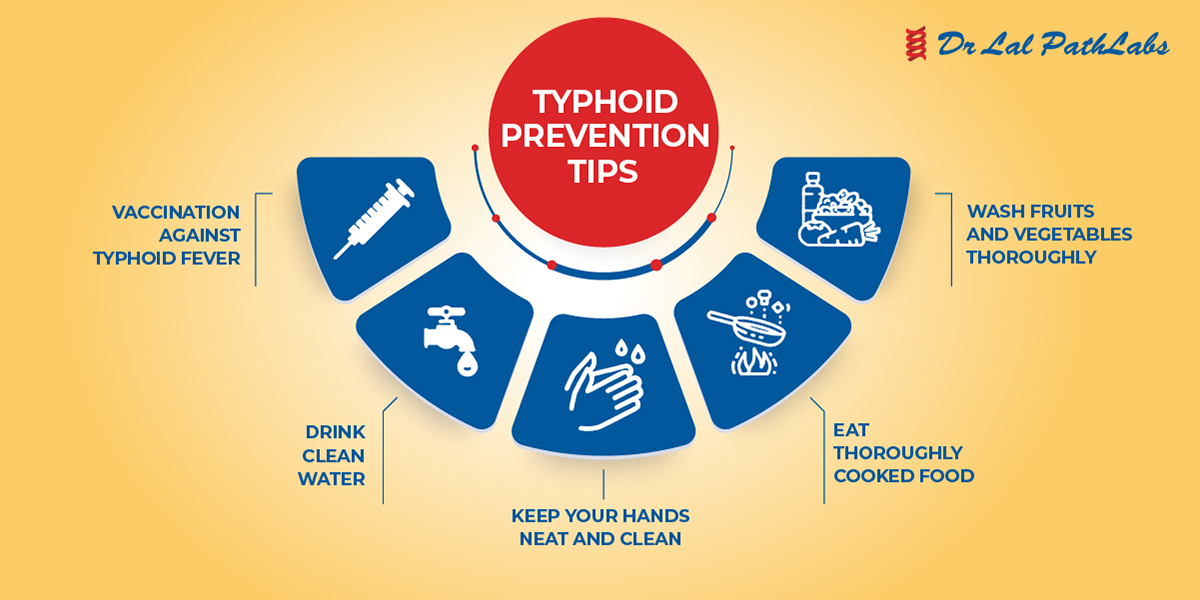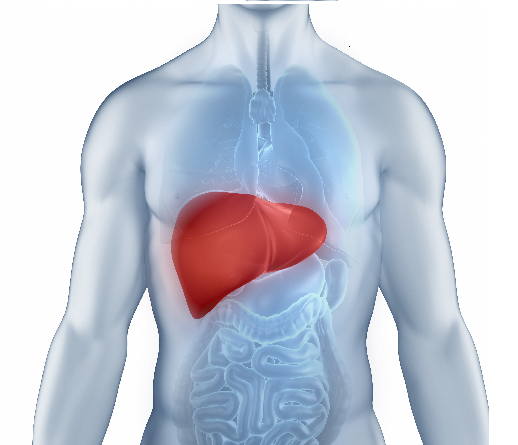Typhoid Fever: Causes, Symptoms & Diagnosis
What is Typhoid Fever?
Typhoid fever is a bacterial infection which primarily spread through contaminated food and water and is most common in areas with poor sanitation and hygiene practices.

Causes of Typhoid Fever
Typhoid fever is caused by the bacterium Salmonella typhi.
Stages of Typhoid Fever
Typhoid fever progresses through several stages, with symptoms appearing gradually over the course of 1-3 weeks after exposure to the bacteria. The stages of typhoid fever include the following:
1. Incubation Period
The incubation period is the time between exposure to the bacteria and the onset of symptoms. During this stage, the bacteria begin to multiply in the body, but the patient does not yet experience any symptoms of typhoid fever. The incubation period can last anywhere from 3 to 60 days, with an average of 8 to 14 days.
2. Acute Stage
The acute stage is when symptoms of typhoid fever begin to appear. The most common symptoms include a high fever (often up to 104°F), headache, muscle aches, and fatigue. The acute stage of typhoid fever can last for several weeks, and if left untreated, can lead to serious complications.
3. Convalescence Stage
The convalescence stage is the final stage of typhoid fever, during which the patient begins to feel better as the body fights off the infection. Symptoms gradually begin to improve, and the patient’s fever begins to subside. However, patients may still experience fatigue, weakness, and a general feeling of being unwell for several weeks after the acute stage of the illness has passed. In some cases, patients may experience a relapse of symptoms during the convalescence stage.
Symptoms of Typhoid Fever
The symptoms of typhoid fever usually appear 1-3 weeks after exposure to the bacteria. The most common symptoms of typhoid fever include:
- High fever: Patients with typhoid fever typically experience a high fever, often up to 104°F.
- Headache: Patients may also experience a headache, which can be severe.
- Muscle aches: Patients may experience muscle aches and weakness, which can make it difficult to perform everyday activities.
- Fatigue: Patients may experience fatigue and a general feeling of being unwell.
- Abdominal pain: Patients may experience abdominal pain, which can be severe and crampy.
- Constipation or diarrhea: Patients may experience constipation or diarrhea, which can alternate throughout the course of the illness.
- Rash: Patients may develop a rash of flat, rose-coloured spots on the trunk of the body.
If left untreated, typhoid fever can lead to serious complications, including intestinal bleeding, perforation of the intestine, and even death.
Diagnosis of Typhoid Fever
Typhoid fever is diagnosed through a combination of clinical evaluation and laboratory testing. The doctor will conduct a physical exam and take a detailed medical history to determine if a patient has been exposed to the bacterium Salmonella typhi, which causes typhoid fever. They may also order one or more of the following tests to confirm the diagnosis:
- Blood culture: This is the most common test used to diagnose typhoid fever. A sample of blood is taken and analyzed in a laboratory to determine if the bacterium Salmonella typhi is present.
- Stool culture: In some cases, a stool sample may also be taken and analyzed in a laboratory to determine if the bacterium Salmonella typhi is present.
- Typhidot Test: It is a blood test used to detect antibodies against the bacteria Salmonella typhi. It is based on the principle of the immune system’s response to infection, which results in the production of specific antibodies. A small amount of blood is collected from the patient’s vein and tested for the presence of specific antibodies against the Salmonella typhi bacteria. The test results are usually available within a few hours.
It is important to note that typhoid fever can be difficult to diagnose, as the symptoms can be similar to those of other illnesses, such as malaria or dengue fever. For this reason, it is important to seek medical attention if you are experiencing any symptoms of typhoid fever.
Treatment of Typhoid Fever
Here are the steps involved in treating typhoid fever:
- Antibiotics: The primary treatment for typhoid fever involves the use of antibiotics that helps to kill the bacteria causing the infection and reduce the severity of symptoms.
- Fluid and electrolyte replacement: Typhoid fever can cause severe dehydration, so it is important to replace fluids and electrolytes lost due to diarrhea and vomiting. Nutritional support: During typhoid fever, the body may not be able to absorb nutrients properly due to inflammation in the gut. Nutritional support, such as a high-calorie, high-protein diet or enteral feeding, may be required to maintain adequate nutrition.
- Fever management: Over-the-counter fever reducers such as acetaminophen or ibuprofen can help to reduce fever and relieve pain.
It is essential to complete the entire course of antibiotics prescribed by the doctor, even if symptoms improve before the medication is finished. This helps to prevent the development of antibiotic resistance and the recurrence of infection.
In severe cases of typhoid fever, hospitalization may be required to provide more intensive treatment, including intravenous fluids and antibiotics.
Prevention of Typhoid Fever
Preventing typhoid fever involves measures to reduce exposure to the bacteria that cause the infection. Here are some steps you can take to prevent typhoid fever:
- Hand hygiene: Washing your hands with soap and water is essential in preventing the spread of typhoid bacteria. You should wash your hands regularly, especially before eating or handling food.
- Safe food and water: Typhoid fever often spread through contaminated food and water. To reduce your risk of infection, avoid consuming food or water that may be contaminated. Only drink bottled water or water that has been boiled or treated with chlorine or iodine tablets.
- Proper food handling: When preparing food, it is important to follow proper hygiene practices, such as washing hands and utensils thoroughly before handling food.
- Travel precautions: If you are travelling to an area where typhoid fever is common, take extra precautions to prevent infection. This includes only consuming food and beverages that are known to be safe, washing hands frequently, and getting vaccinated before travel.
Taking these preventive measures can significantly reduce the risk of contracting typhoid fever. If you have been in close contact with someone who has typhoid fever or is experiencing symptoms, seek medical attention promptly.
Disclaimer:
This blog is for informational purposes only and should not be construed as advice or as a substitute for consulting a physician. It is not a substitute for medical advice or treatment from a healthcare professional.













